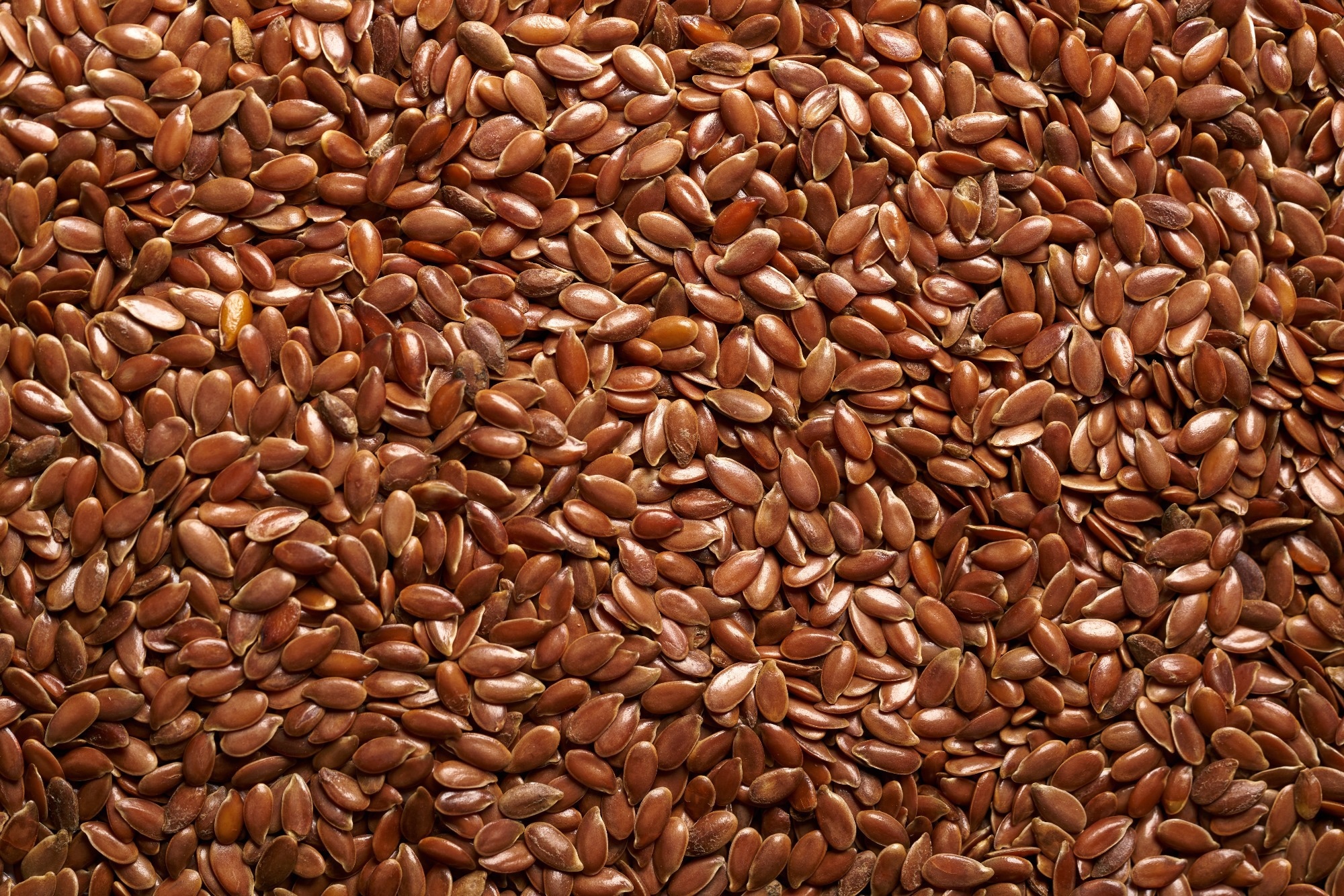Sponsored by tec5USA IncAug 12 2022Reviewed by Louis Castel
One growing international problem is what is known as seed fraud.1 Illegal activity involving seeds can be hugely damaging for local food supplies and farmers and involve intellectual property and regulatory offenses.

Image credits: Shutterstock / nadia_if
Seed fraud of ‘Fake’ seeds are umbrella terms for seeds of sub-par quality, seeds that are mislabelled – intentionally or not, and contaminant seeds that contain weeds or any invasive species that higher levels than allowed by regulation.
Current estimates indicate the trade in illegal seeds is rising by ~ 5 % every year in Southern and Eastern Africa.2
While concerns have been expressed that seed laws could make common agricultural practices illegal, part of the aim of these laws is is to avoid issues associated with sub-par seeds leading to reduced profits for farmers, lower crop yields, and the general impact on local food supplies.
Analysis methods for seed identification must be capable of testing for a variety of scenarios, such as the presence of intrusive species and contaminants, as well as checking for genetically modified (GM) seeds and even potentially more on the genetic origins of the seed.
Whilst the majority of companies will use packaging to identify a certain brand and species of seed, another method to do this is by ‘tagging’ the seed with some type of marker that provides full traceability for any intellectual property.3
Near infrared spectroscopy is one way of differentiating between counterfeit and genuine seeds. Near infrared spectroscopy is a very quick and easy-to-use method that enables the swift, non-destructive testing of the seed’s authenticity.
Near Infrared Spectroscopy
Near infrared spectroscopy involves irradiating the sample of interest with near infrared light and recording which frequencies of light are absorbed.
When analyzing thin samples, near infrared spectroscopy is normally performed in a transmission geometry, where light is passed through the sample, and the detector receives the light that is transmitted without being absorbed.
When it comes to the analysis of seeds, it is often more convenient to design the spectrometer in a reflective geometry so that the detector collects the light that has been reflected from the surface of the seed. An infrared spectrum, regardless of the specific geometry used, contains information on the chemical bonds in a sample.
Each chemical bond vibrates at a frequency specifically related to the masses of the atoms involved and the strength of the bond.
The value of the vibrational frequency is extremely sensitive to even the smallest of changes in the chemical environment of a molecule. As a result, near infrared spectroscopy can produce unambiguous chemical identification, particularly given that any infrared active vibrational mode in a molecule has its own specific frequency giving every molecule a unique pattern known as a ‘fingerprint.’
Seed Identification
Near infrared spectroscopy is useful for seed classification on both single and bulk collections of seeds.4 As this spectroscopic method can be used on bulk or single seeds, impurity fractions can be calculated upon batch seed collection, and the uniformity can thus be analyzed.
With regards to quality control, near infrared spectroscopy can be used to distinguish real seeds from fake ones, specific chemical species, including certain oils and isoflavenes, can also be screened for in the near infrared spectrum. In addition, near infrared spectroscopy is highly sensitive to water and can hence be used to assess moisture levels.
In order to assess the phenotype profile of a seed, near infrared spectroscopy can evaluate the difference in the protein, oil content and fiber structure.5 Near infrared spectroscopy is sensitive to the combined chemical makeup of the compounds present in the oil; therefore, any changes in this composition can be a sign of modification of the seed type or adulteration of the final product.
Chemometrics
One challenge in using near infrared spectroscopy to assess seed profiles is the complexity of the information that has been obtained.
A single infrared spectrum from a single molecule can have a number of peaks. Substances like oils, however, are complex chemical mixtures and will therefore produce a spectrum that is a superposition of the spectra of all of the present chemical species. The intensity of each molecule's spectral features will be scaled proportionally to the concentration.
However, analytical methods can be employed to gain meaningful information from mixtures like those present in seeds or their extracted products, in spite of the spectral complexity of mixtures.
The solution to the problem lies in chemometrics – a powerful tool for extracting information from complex multivariate datasets which has been used with great success for distinguishing between seed types.6
Chemometrics methods can be sensitive to even slight changes between samples and help identify whether or not the chemical profile of a particular seed is within expected ranges.
tec5USA NIR Spectrometers
tec5USA is an expert in developing spectrometers to analyze chemically complex materials such as seeds.7 As well as its range of near infrared spectrometers, tec5USA has developed the MultispecPro II process software to seamlessly integrate chemometrics software packages with its instruments.
For handheld scanning devices, try the NIRONE Scanner from tec5USA. The NIRONE is a turnkey handheld NIR scanner developed for material sensing applications. Complete with cloud connectivity and scalability up to thousands of sensors, the NIRONE is an ideal, portable solution for material identification and sorting.
Contact tec5USA to find out how their powerful, compact near infrared spectrometers and advanced software solutions could help identify legitimate products with confidence during seed profiling.
References
- International Seed Federation (2018) Illegal Seed Practices, https://worldseed.org/wp-content/uploads/2018/06/Illegal-Seed-Practices.pdf, accessed May 2022
- CropLife (2021) Counting the Cost of Illegal Seeds, https://croplife.org/news/counting-the-cost-of-illegal-seeds/, accessed May 2022
- Auer, C. A. (2003). Tracking genes from seed to supermarket: techniques and trends. Trends in Plant Science, 8(12), 591–597. https://doi.org/10.1016/j.tplants.2003.10.010
- Esteve, L., & Jr, C. R. H. (2014). Limitations and current applications of Near Infrared Spectroscopy for single seed analysis. Talanta, 121, 288–299. https://doi.org/10.1016/j.talanta.2013.12.038
- Anklam, E., Gadani, F., & Heinze, P. (2002). Analytical methods for detection and determination of genetically modified organisms in agricultural crops and plant-derived food products. European Food Research and Technology, 214, 3–26. https://doi.org/10.1007/s002170100415
- Mohan, L., Lohumi, S., Kim, M. S., Kang, J., & Cho, B. (2016). Near-infrared hyperspectral imaging system coupled with multivariate methods to predict viability and vigor in muskmelon seeds. Sensors & Actuators: B. Chemical, 229, 534–544. https://doi.org/10.1016/j.snb.2016.02.015
- tec5USA (2022) Food and Beverage Spectrometers, https://www.tec5usa.com/markets/food-feed-beverages/, accessed May 2022

This information has been sourced, reviewed and adapted from materials provided by tec5USA Inc.
For more information on this source, please visit tec5USA Inc.